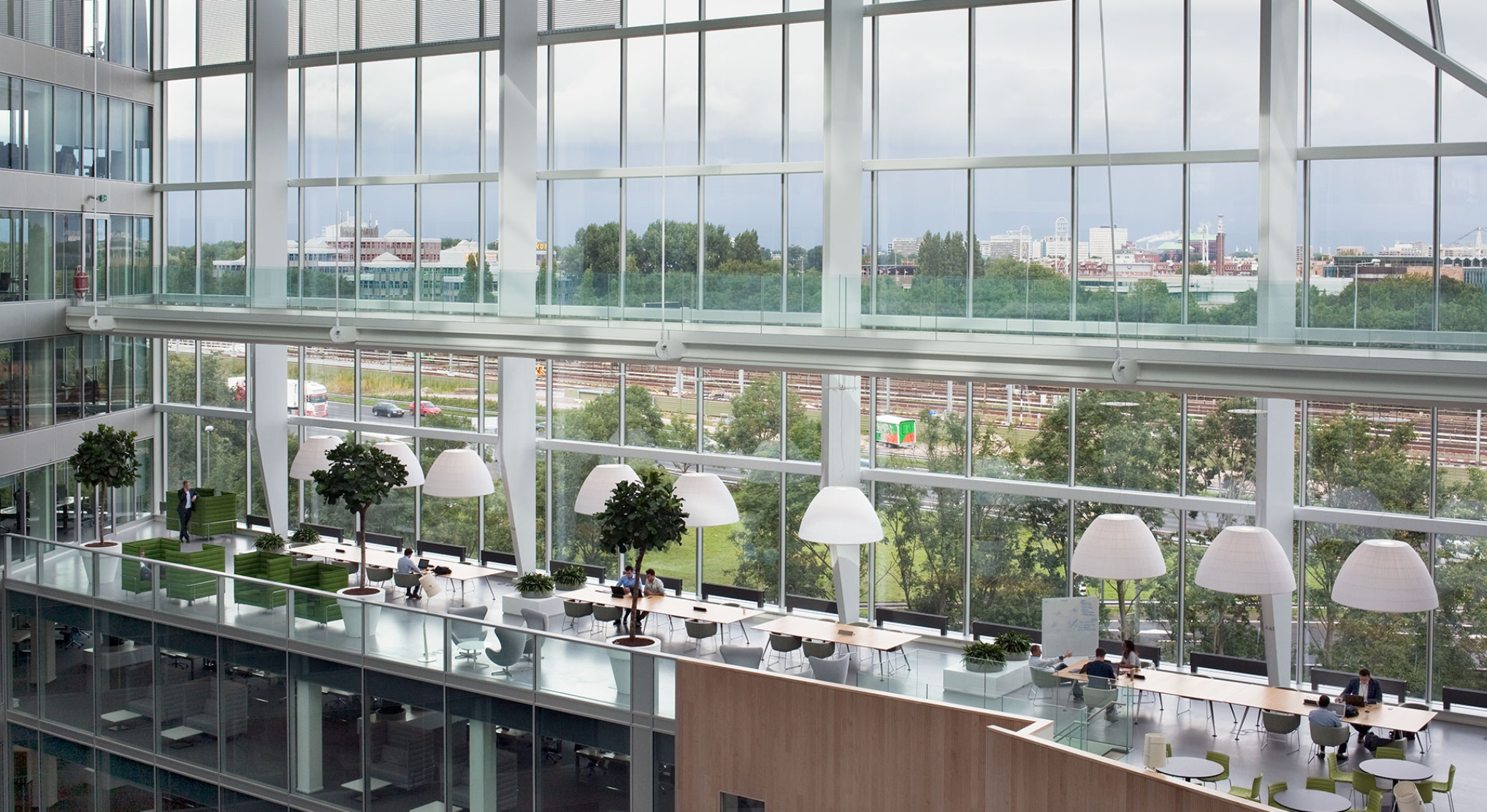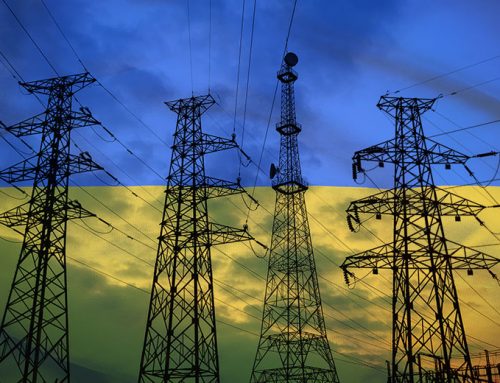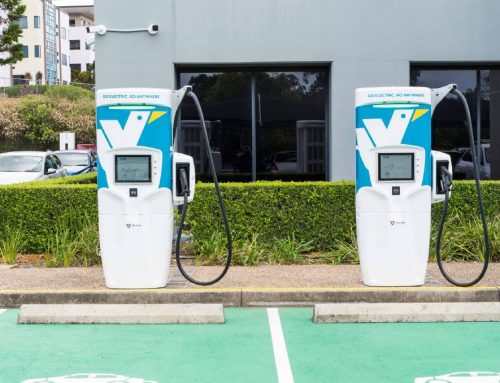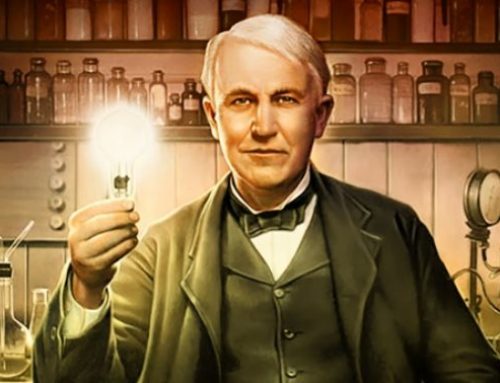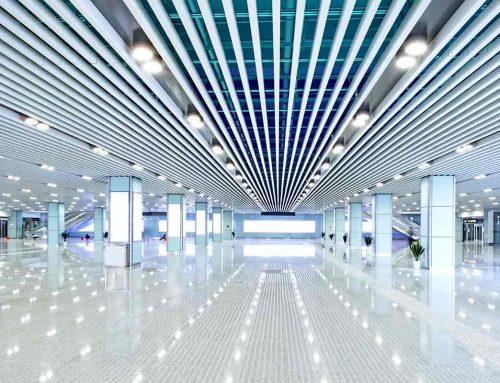Whether the idea and the implementation of 21st century energy efficiency is a tail-eating dragon, or an elephantine unburdening of our Earth one bite at a time, France, the UK, the Netherlands and Germany are the best at it.
It’s hard to know exactly how that’s accorded; France gets around 20% of its power needs from renewable sources – 8% from wind, and needing more to meet its climate goals. 74.5% is nuclear, 16.3% hydro-electric, 9.1% thermal, with wind power and other renewable sources at 0.1%. The war in Ukraine and disruptions in its conventional electricity generation fleet have France’s energy system under stress.
As a success strategy it’s open to debate, but there’s the facts.
Germany is transitioning from atomic and fossil fuel energy to renewables. It’s a change that doesn’t come cheaply – funded by levies and taxes. Energy efficiency is an uncomfortable fence on which to sit however you straddle it.
Nowhere even in the Top 10, the Petrostate of Venezuela uses almost 30% renewables.
Or so it says amid all the chaos.
The Earth Science Division of NASA includes data on sunlight, temperature, wind and precipitation for a long-term, global view of the key elements of how our planet works. It’s information that’s put to use by pinpointing renewable energy sites, and improving the energy efficiency of buildings. Its Prediction of the Worldwide Energy Resources (POWER) project avails NASA data to sustainability specialists and decision makers all over the world, whether for schools, private companies, developers, or the building or altering of someone’s home.
Space missions are exceedingly complex projects, forever requiring software development that navigates the most useful strategies – and construction is the same. Ford Professor of Aeronautics and Astronautics (MIT) Ed Crawley used the breakthrough tools of NASA as a way for his architect to analyse how different combinations of components impacted the trade-off of cost and energy efficiency. Inspired two decades ago, Crawley and his team developed Ekotrope, which constructed his home and built a business.
The program configures optimal combinations of materials, windows, walls, insulation levels – all the considerations that are too complicated and time-consuming to do manually.
It offers numerous design options for the most propitious architecture. All a builder inputs are interior and exterior dimensions, potential materials and site orientation.
The software runs a year’s worth of local weather data and immediately produces a graph. The vertical axis is annual energy costs; the horizontal the total component and equipment costs. Thousands of design options are represented by dots. The builder need pay attention to only the Pareto frontier: the sets of dots at the edges where costs are low.
It saves considerable money. Typically a house will be up to 40% more energy efficient with thousands saved in construction. Results are sometimes even more dramatic: one owner builder believed her best investment was to buy expensive, heat-retaining walls. Ekotrope showed much better investment in a more efficient furnace instead. It gave the same result as the wall system, with a 90% saving.
Advancements in NASA’s solar panels are proving critical.
Currently, manufacturers face problems associated with dust and dirt. Panel efficiency can be reduced by as much as 40% with just 2.8g of dust per 0.9 metres square. Scientists developed a dirt-repelling coating for space environments that self-cleans. A thin, transparent and electrically conductive layer pushes dirt off, via a cascade of electromagnetic waves sent through the coating when embedded sensors detect accumulated dust.
Importantly, it’s not based on mechanical parts, prone to breakdown, nor does it require washing – a painstaking task demanding far too much clean water and time. Particularly for panels in a very remote, dusty locations.
Or on the surface of Mars.
Sustainable architecture is becoming more common, with rapid and continuous development in enhancing technologies.
Credible certification systems like LEED (Leadership in Energy and Environmental Design) and BREEAM (Building Research Establishment Environmental Assessment Method) raise the bar with solid innovation. LEED’s thresholds are based on percentages, while BREEAM uses a more academic and rigorously quantitative approach.
Melbourne, Australia has Pixel, a 6-Star Greenstar Carbon Neutral Development office building. Although relatively small, integrated building performance systems include an extensive green roof and rainwater collection system. It features a remarkable façade that combines form and function with fixed shading louvers, double-glazed curtain walls and solar panel shades. LEED certified platinum, it achieves a perfect score under the Green Star rating system, and is.
The Edge, an Amsterdam Netherlands office building designed in the UK, features an interconnection of interior and exterior space in its 15-storey north-facing atrium that lights the building during the day. This contemporary working environment has been awarded the highest BREEAM rating ever. It has sensors for temperature and carbon dioxide levels, a rainwater harvesting system for toilet flushing and plant watering, and a rooftop of 4,100m2 solar panels.
Ethernet-powered LED-connected lighting is controlled by smartphone.
IoT (internet of things) devices and sensors throughout buildings and offices can reduce a carbon footprint by 10-30%.
Efficiencies and occupant comfort are increased with controlled temperature, lighting and other energy-consuming systems. When power and control systems are linked, no energy is wasted on unoccupied spaces and when the last person logs out of the building, it’s set to a vacated state.
We used to just turn off the lights when we left.
That’s gotta have an energy efficiency rating above 30%.
We also didn’t sleep every night with a screen or tv in our face. Stopping that worldwide behaviour alone would bring a startling decrease in energy consumption. And better quality sleep.
Whether technology itself is energy efficient and ecologically sound, is an espresso martini chat about unsustainable consumption and production patterns, and the trends of inequality.
The United Nations Environment Programme’s sixth Global Environment Outlook (GEO-6) is the most comprehensive report on the status of the world environment for a decade. Through the rapidly closing window for action, we see the overall deterioration of our entire planet; that place where environment is both the foundation and criterion for life as we know it.
And as we blow it.
GEO-6 makes clear the range and variety of significant, unwanted – and increasingly likely – outcomes for humanity should we maintain our current path. It makes known the economic implications both of current trends, and the transition to low-carbon and resource-efficient economies between now and 2050.
The key conclusion for either scenario is that no conventional cost–benefit analysis is possible.
Financially, meeting various decarbonisation and resource-management strategies depends on decisions today changing industrial and consumer behaviour. Modelling inadequacies include understating the risk of unmitigated climate change, and overstating the cost of transition by disregarding the cumulative gains of innovation.
It leads to a flawed conclusion as to how to respond to this climate emergency – namely, that significant reductions in emissions are prohibitively expensive and to be avoided until new, cost-effective technologies are developed.
When all the decision-makers of today are dead.
It’s also an argument inconsistent with the evidence, and counterproductive to decarbonisation efforts – which increases the cost. Changing social norms and expectations happened with COVID-19. To explore the processes of innovation to avoid reliance on resource-intensive infrastructure, behaviour and technologies is all that can help decision makers respond to the increasingly stark warnings by nature and deciphered by scientists on the ever-languishing condition of our Earth.
In the meantime, 100% energy efficiency whether in your office or home relies on a thinking person not being ignorant and wasteful. A singular pursuit for the common good because a carbon-free future won’t matter if there isn’t one.
It’s difficult to know what we learn from the past when we spend so time denying, hiding, or running away from it – the thing you can never do, apparently.
We don’t even much learn from the present.
If we did, there’d be more than just four countries in the world ranked as the most energy efficient – every country would be. For the sake of the planet. To that end, richer countries would help poorer ones; not to own them, but to own the planetary damage done in unconditional reparation.
Getting energy efficiency in your office is a noble pursuit, but the journey to an energy-efficient workplace remains a challenge many employers seek to stall or downplay.
Blown-circuit kind of thinking.

